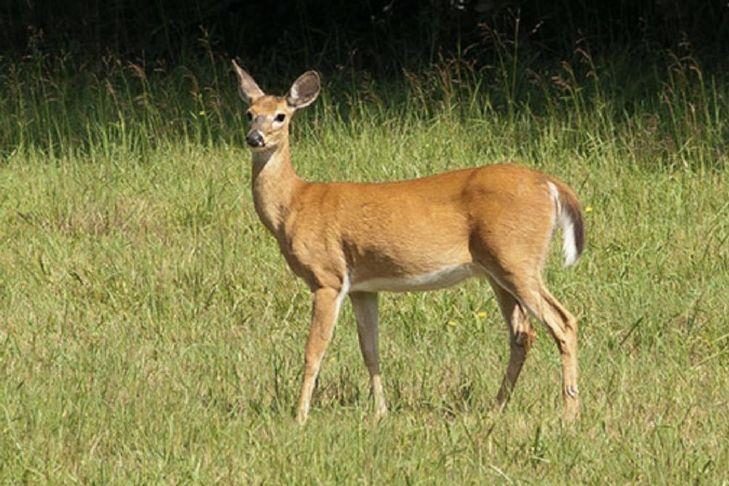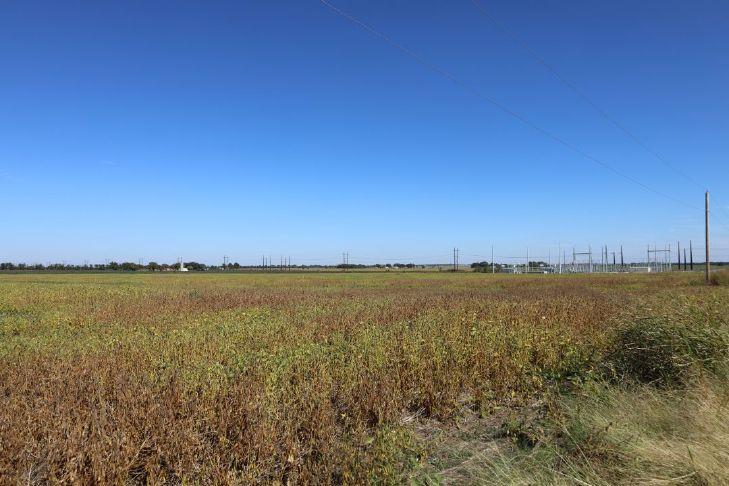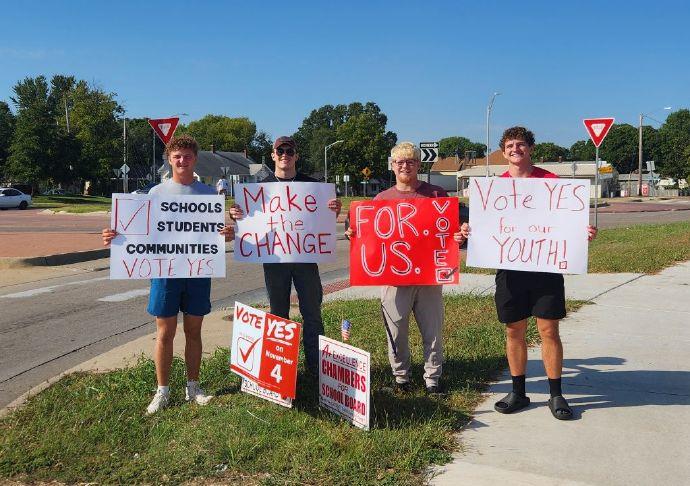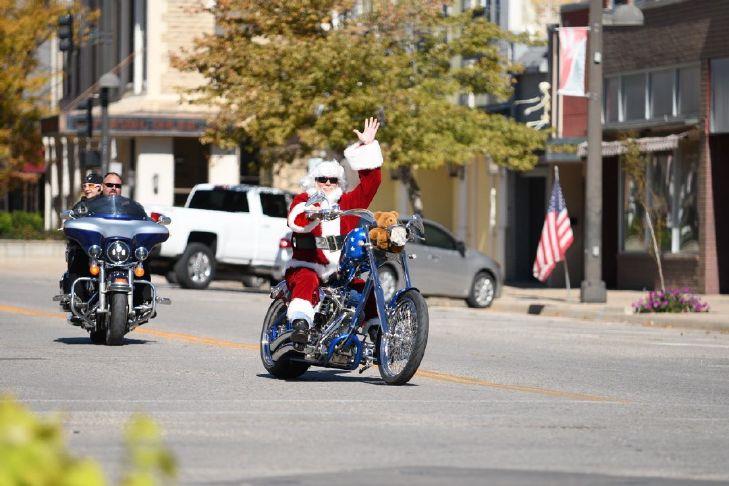Last year in Sumner County, there were 224 vehicle-deer crashes. Of those crashes, 23 resulted in injuries to people.
Vehicle-deer collisions greatly increase from now through the end of the year due to deer breeding season, with November typically being the peak month.
“Even in areas with fewer deer, seasonal habitat changes and mating can bring deer onto roads at any time of day or night,” said Levi Jaster, Kansas Department of Wildlife and Parks Big Game Program Coordinator. “Drivers should be especially cautious at dawn and dusk and stay attentive in areas with good deer habitat.”
Anyone involved in a collision with a deer or other animal resulting in personal injury or property damage totaling $1,000 or more is required to immediately report the incident to the nearest law enforcement agency.
“Serious crashes are more likely to occur when drivers swerve to avoid a deer, as this can lead to loss of vehicle control, departure from the roadway, or collisions with oncoming traffic,” said Kansas Highway Patrol Lieutenant Chad Crittenden. “It is often safer to brake firmly and stay in your lane.”
Roadway safety officials suggest drivers:
Be watchful at dawn and dusk — deer are more active and seldom travel alone.
Stay alert and reduce speed near wooded areas or water sources.
Remember that collisions can happen on any roadway, rural or urban — deer crossing signs mark areas where crashes have been more frequent.
Do not swerve. Swerving can cause a driver to veer into oncoming traffic, leave the roadway, or overturn.
Use bright headlights when there is no oncoming traffic — a deer’s eyes often reflect in the light.
After a collision, if possible, move the vehicle to the shoulder and call law enforcement: Kansas Highway Patrol dispatch at *47, Kansas Turnpike Authority users at *KTA or Local law enforcement at 911
Turn on hazard lights and keep your seat belt fastened.
Contact your insurance company to report any damage.




